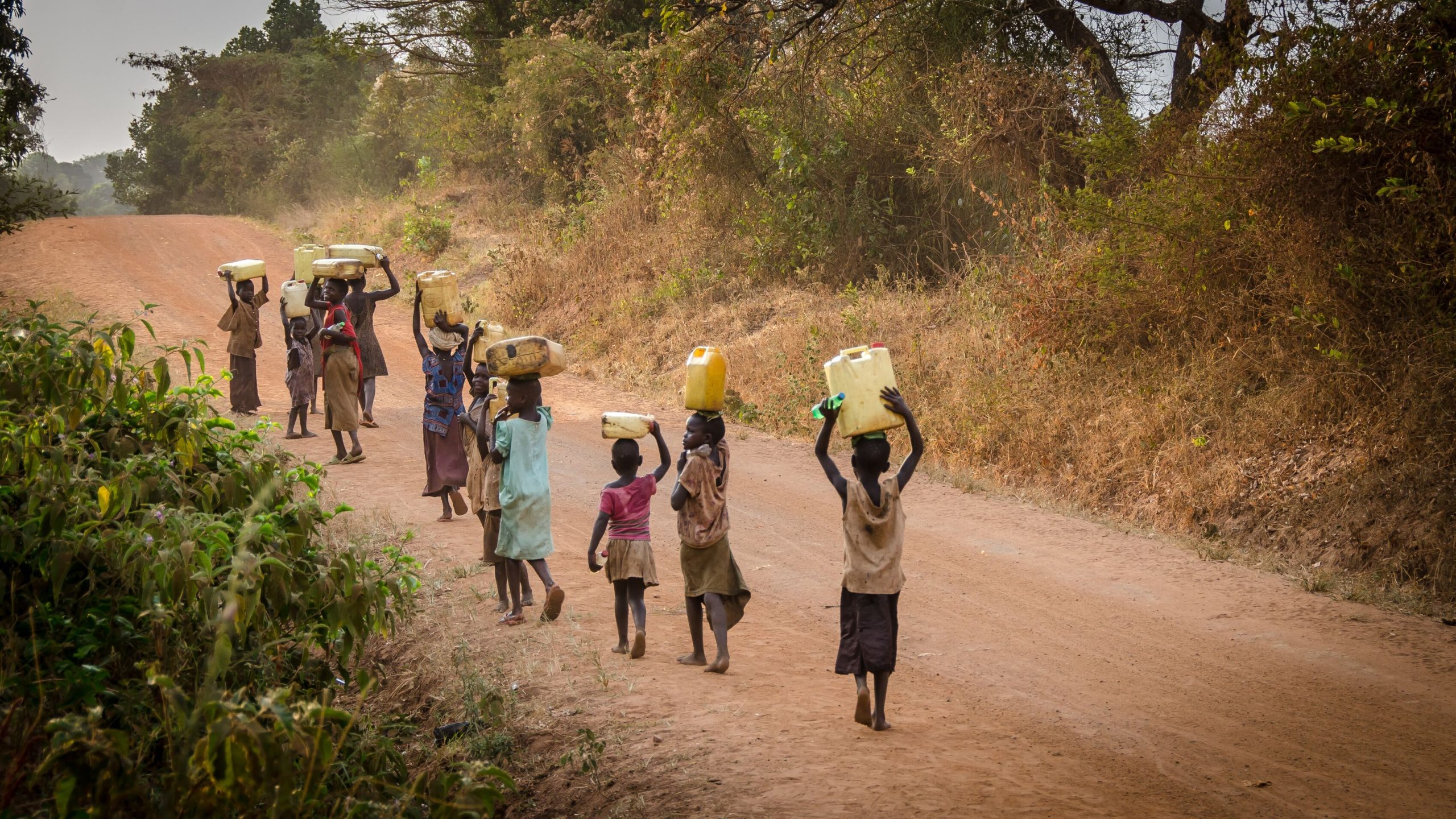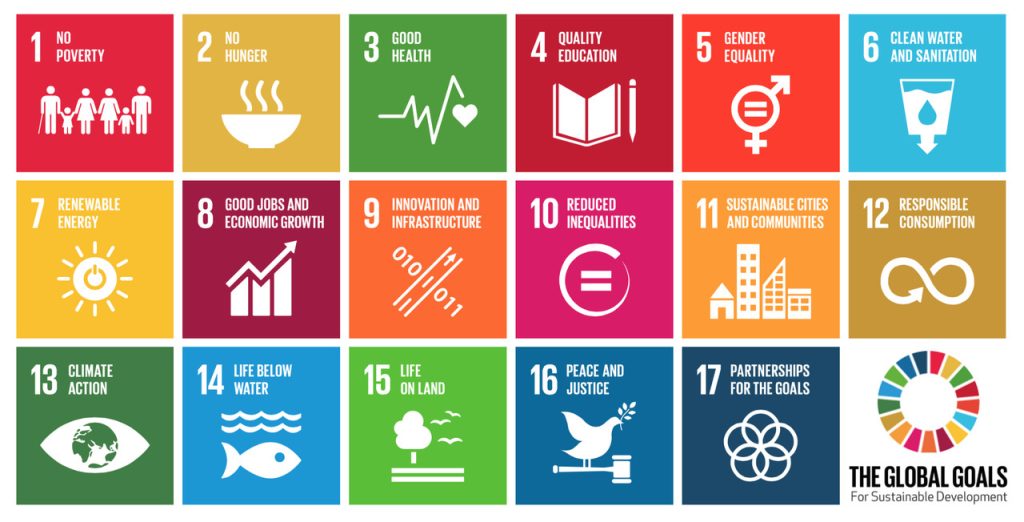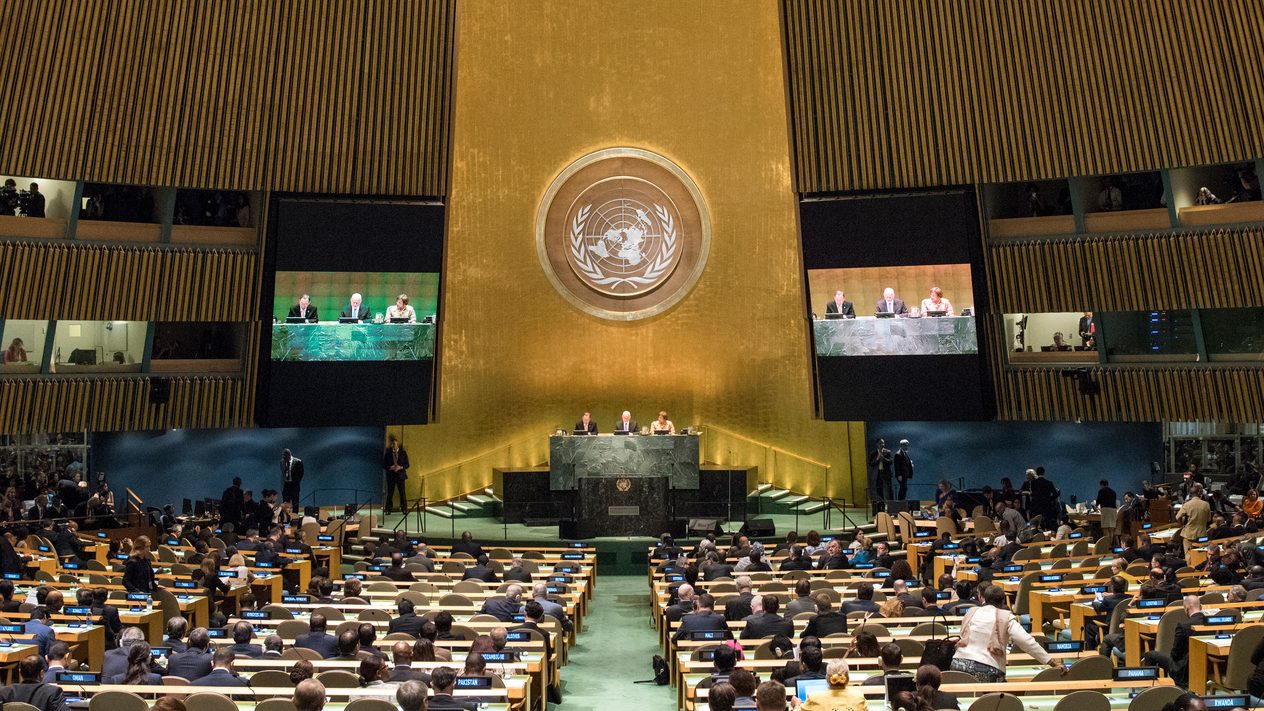
Africa
Theme of MUNDP 2024
Annually, MUNDP sets its theme as one of the 5 United Nations Development Programme (UNDP) regions in the world. This year, in MUNDP’s 24th annual session, the region that will be focused on is “Africa”. The UNDP serves as the United Nations’ developmental network through government cooperation, communication with civil society, and the private sector to provide the knowledge, experience, and resources to help societies build better lives. In the region of Africa, the United Nations primarily works towards minimizing healthcare difficulties, promoting equality, mitigating extremism, and aiding governments’ peacebuilding.
The primary focus of MUNDP 2024 is to eradicate the obstacles that have been put forth by political and economic upheavals to promote long-term sustainable development in Africa. With the increase of political and social unrest as a consequence of the lack of strong governance and insufficient mediation efforts, the region strives for security and development. Nonetheless, long-term prosperity and security can be achieved through international cooperation, national stabilization, and the eradication of exclusion within societies.
Conflict & Violence
Conflict and violence in Africa are primarily the result of unstable governance. Governance consists of the institutional frameworks and norms that guide a region’s response to problems and help shape its political culture. This is especially evident as Africa has the highest number of landlocked states among any region, which has a significant impact on the political context of the region, as access to resources for critical infrastructure is limited. Due to these circumstances, there are numerous violent incidents in Africa that pose a threat to civilians. Weak or unstable governance often creates power vacuums that are opportunistically exploited by violent non-state actors, such as various militias vying for control. This instability can foster an environment vulnerable to the proliferation of armed groups, causing a vicious cycle of violence and further weakening governance structures. Temporarily displaced individuals and refugees have been uprooted from their residences throughout a portion of Africa due to armed conflict, repression, intergroup conflict and destitution, also leading to many arbitrary incarcerations and mistreatment in refugee camps. This interplay between governance and violence underscores the urgent need for multi-faceted solutions that address the root of the problem.
Food Insecurity and Malnutrition
Food insecurity and malnutrition have significant social and economic effects on African nations. According to Oxfam, “a fifth of the African population (278m) is undernourished, and 55 million of its children under the age of five are stunted due to severe malnutrition.” Severe malnutrition and the danger of water-borne diseases continue to impact millions. Nearly half of the under-five population are liable to have acute malnutrition. Malnutrition in Africa is caused by poverty, overcrowding, failed small-scale agriculture, limited access to food, poor education, extreme climatic conditions, corruption, wars, conflicts, and price fluctuations. All of these factors amplify financial incapacity to tackle the issue. The lack of government intervention and limited humanitarian assistance across the region make food insecurity even more dire. Also, corruption and conflicts across many African countries have resulted in inefficient food distribution and allocation of resources. The UN is working towards boosting agricultural productivity, improving rural infrastructure, and increasing access to markets that can help smallholder farmers improve food security. Through global and regional collaboration, relevant organizations are working towards maintaining safe access to food.
Insufficient Educational Resources
Africa has the greatest rates of educational exclusion among all regions. More than one-fifth of children between the ages of six and eleven are not in school, which is followed by one-third of adolescents between the ages of twelve and fourteen. According to the United Nations Educational, Scientific and Cultural Organization (UNESCO) Institute for Statistics (UIS), approximately 60 percent of 15 to 17-year-olds are not in school. The failure of governments to fulfill their commitments regarding educational resources impedes regional development. Numerous schools are occupied by militias or are inaccessible as a result of armed conflict, denying girls and boys across the nation access to a quality and secure education. Furthermore, the dearth of schools in rural areas, alongside the inadequate provision of basic amenities such as transportation, sanitation facilities, and teaching resources, limit access to education for many African children. Children and adolescents are in grave danger as a result of war, displacement, and insecurity, which undermine efforts for peaceful development. Methods are designed to be intercorrelated with the 17 Sustainable Development Goals in order to achieve a better access to educational resources.
Radicalization and Violent Extremism
Due to the years of lawlessness, corruption and chaos; local violent groups have been able to become deeply structured in Africa. Many groups have obtained too much control over local regions and show many characteristics of a proto-state. These extremist groups work by cooperating with multiple criminal groups such as smugglers to build a network and enhance their global and local connections. Their power is made possible due to inadequate governance. Poverty is also one of the main sources of power for these groups as it leads to corruption. Poverty and lack of authority often create an atmosphere of insecurity in which violent extremist groups can use fear to impose their power. Violent extremism is preeminent especially in the Sahel region as the aforementioned dynamics are seen in the region quite often. Chad, Burkina Faso, Mali, Mauritania, and Niger, to name a few, experienced a combined twenty-five successful coups d’état between 1960 and 2022. The threat is evolving, as the violent events linked to militant Islamist groups in Sahel increased by 70 percent, breaking a record of extremist violence in Africa. In Africa, the number of people killed by the Islamist groups have been estimated to be 12700 in 2021. This accounts for approximately %52 of all violence in the continent. Increasing number of fatalities urges an immediate step to be taken.
Economic Slowdown
Africa’s economic growth is projected to slow to 3.8% in 2023, down from 4.1% in 2022, as a result of declining investment and exports. In terms of sub-regional trends in 2023, it is anticipated that growth will stabilize in Central and East Africa, and slow in North and Southern Africa. The continent has been struck by a confluence of disruptions, including weaker external demand, a steep increase in global inflation, higher borrowing costs, and adverse weather conditions. These impede its complete recovery from the pandemic. Real output losses relative to pre-pandemic projections continue to be substantial, with Africa’s real output remaining 2.4 percentage points below its pre-pandemic projections. Primarily as a result of supply chain disruptions and the repercussions from national and global conflicts, the prices of essential food items and energy have also risen dramatically. Inflationary pressures were exacerbated and national currencies continue to weaken. The low and declining income per capita growth – projected to fall to 1.4% in 2023 – will keep poverty entrenched on the continent and prevent countries from accelerating their progress. About two-thirds of African countries raised policy interest rates in 2022 to combat inflation and exchange rate pressure, while fiscal space remained constrained to support economic growth and sustainable development. Impoverished areas in the region suffer the most from economic setbacks, demanding urgent actions to be taken by relevant UN bodies.
The SDGs
Learn more about the UN Sustainable Development Goals.

Committees
Discover this year’s committees.

